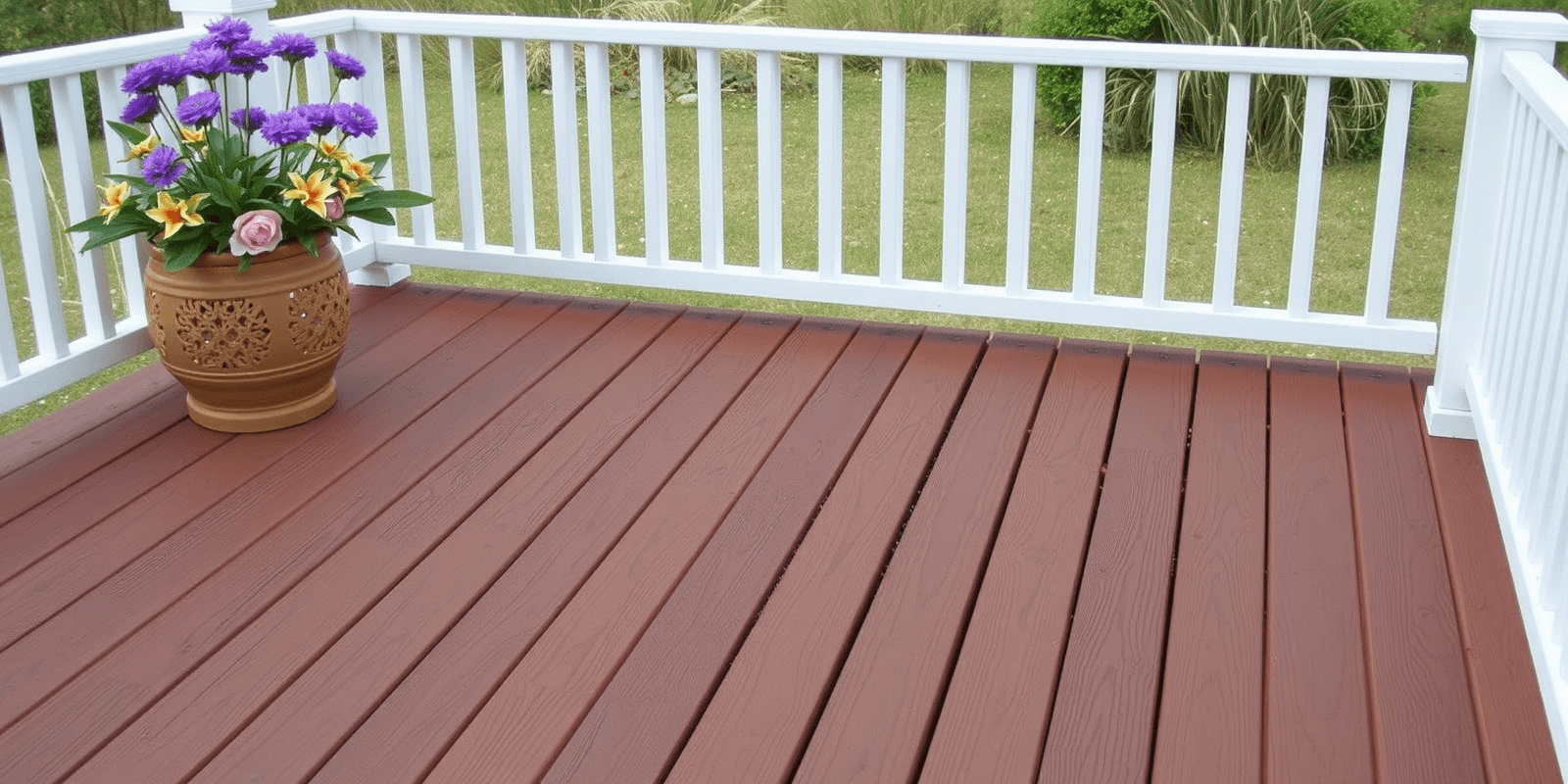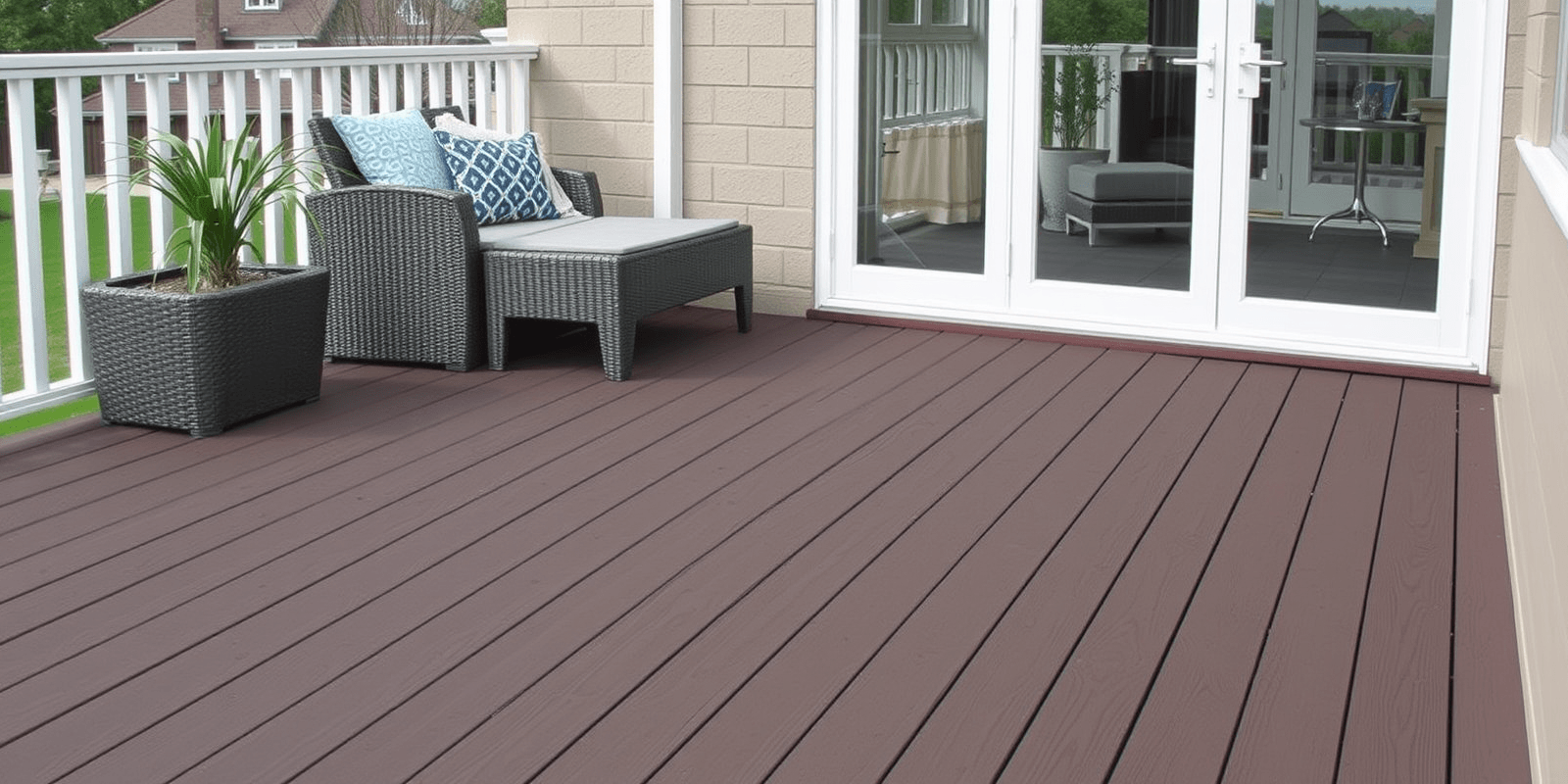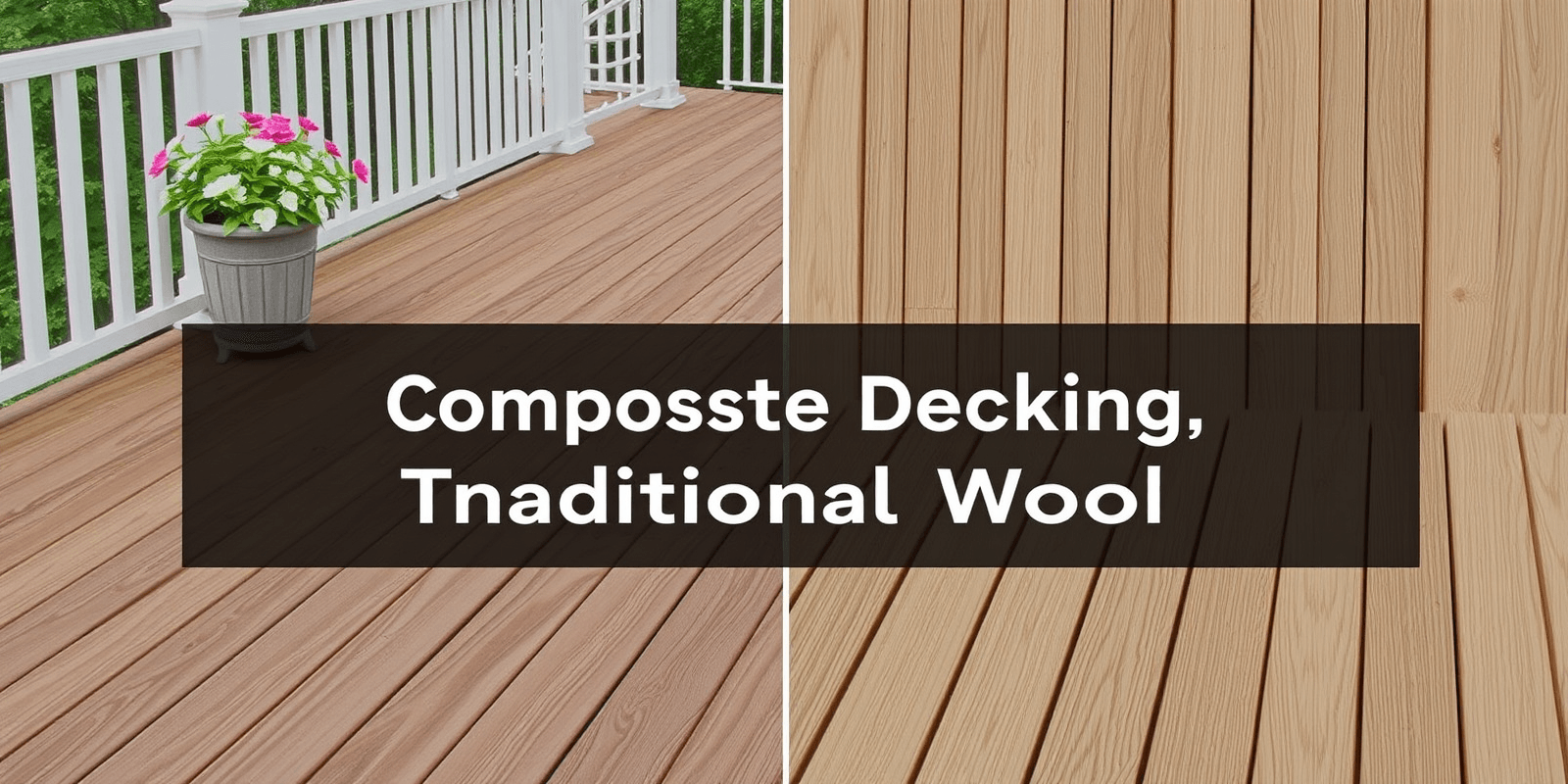Wood Composite Decking Material
Introduction
Decking is a vital component for any outdoor living space, providing an area for relaxation and entertainment. While traditional wood decking has been popular for decades, wood composite decking material is gaining traction due to its numerous benefits. This article delves into the advantages of using wood composite decking material, focusing on its durability, resistance to weather, maintenance requirements, and aesthetic appeal.
Durability and Weather Resistance
One of the primary reasons homeowners opt for wood composite decking material is its exceptional durability. Unlike traditional wood, which can easily succumb to wear and tear, wood composites are engineered to last longer. They are made from a combination of wood fibers and plastic, typically recycled high-density polyethylene (HDPE) or polypropylene. This unique blend ensures that the deck is highly resistant to moisture, insects, and decay, making it a practical choice for various climates. According to a study by the University of Tennessee, wood composite decks have shown superior performance in resisting warping, cracking, and splitting compared to their natural wood counterparts (University of Tennessee Study).
Maintenance Requirements
Another significant advantage of wood composite decking material is its low maintenance requirements. Traditional wooden decks require regular sealing and staining to protect against moisture and UV damage, which can be time-consuming and costly. In contrast, wood composites do not need such treatments. They are inherently resistant to stains and fading, reducing the need for frequent upkeep. Additionally, spills and minor stains can usually be cleaned with a simple soap and water solution, making maintenance a breeze. As noted by the Composite Panel Association, this reduced maintenance requirement contributes to the overall longevity and cost-effectiveness of wood composite decks (Composite Panel Association).
Aesthetic Appeal
While durability and maintenance are crucial factors, the aesthetic appeal of wood composite decking material should not be overlooked. These decks come in a variety of colors and textures, allowing homeowners to choose a style that complements their home’s exterior design. Some manufacturers even offer custom options, enabling users to create a truly unique outdoor space. Furthermore, the smooth surface of wood composites provides a comfortable walking experience, enhancing the overall enjoyment of the deck. As highlighted in a survey by the National Association of Home Builders, homeowners consistently rate the aesthetic appeal of wood composite decks as one of their top considerations when choosing a decking material (National Association of Home Builders Survey).
Conclusion
In conclusion, wood composite decking material offers a multitude of benefits that make it an excellent choice for enhancing outdoor living spaces. Its durability, weather resistance, low maintenance requirements, and aesthetic appeal all contribute to its popularity among homeowners. By opting for wood composite decking, individuals can enjoy a beautiful, functional, and long-lasting outdoor area without the hassles associated with traditional wooden decks.
Reference
University of Tennessee Study on Wood Composite Decking Durability
Composite Panel Association on Maintenance Requirements
National Association of Home Builders Survey on Homeowner Preferences



